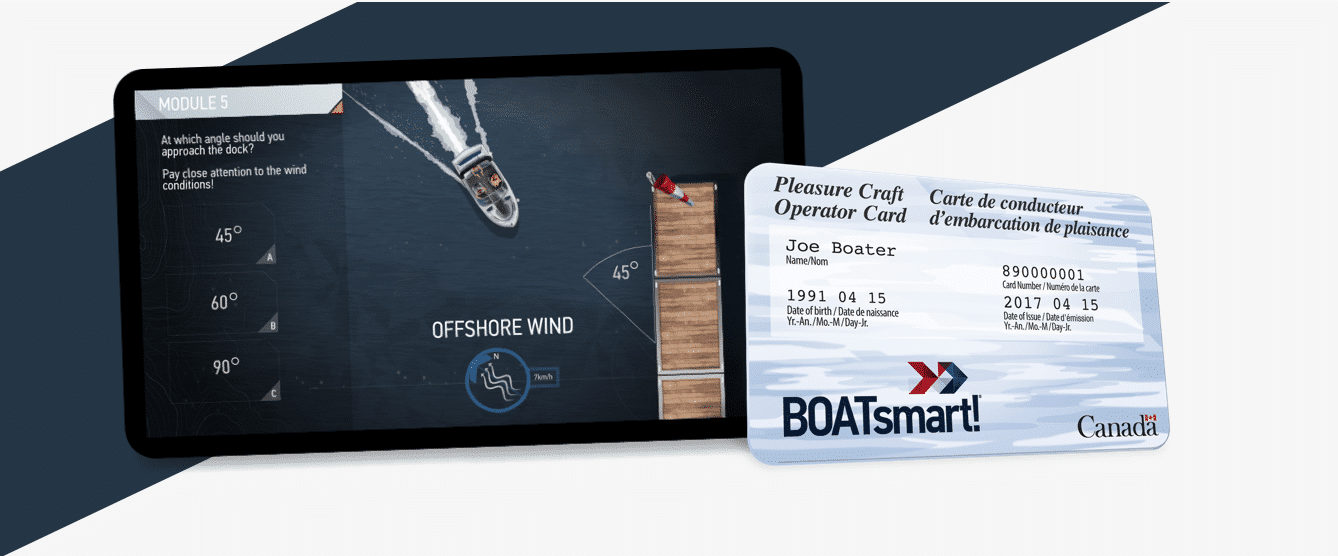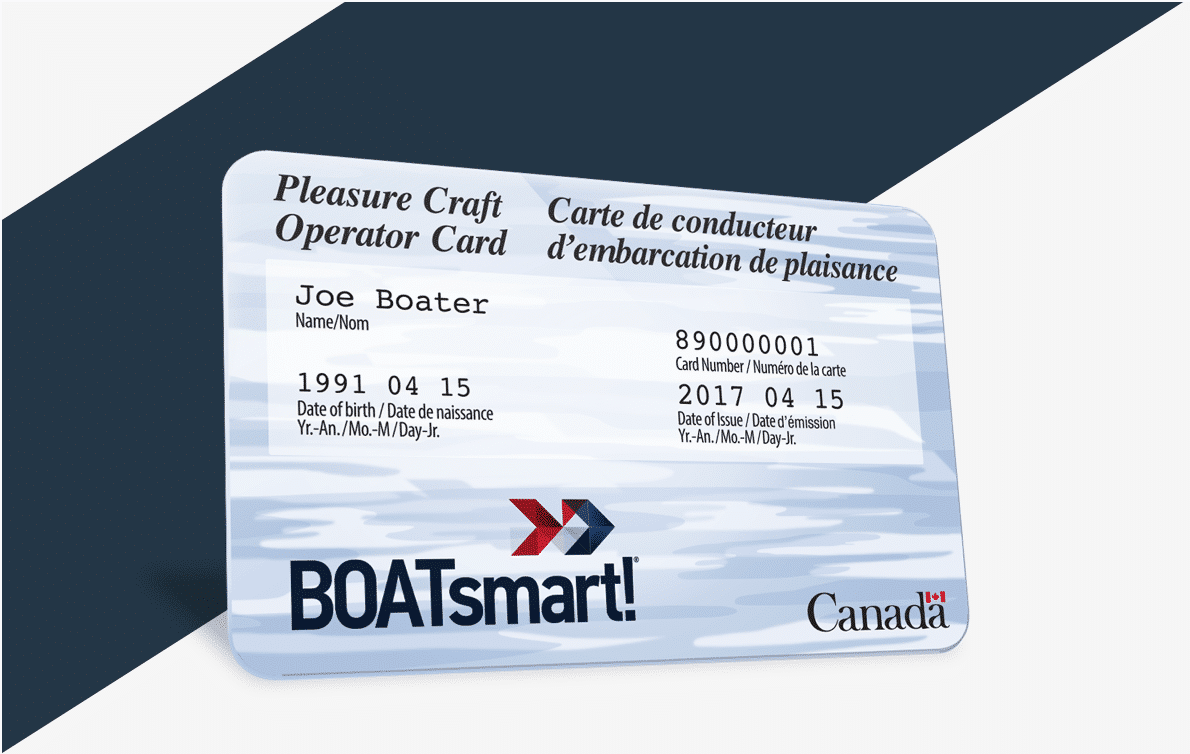BOATsmart! Canada
Knowledge Base
Module 04 - Safe Boat Operation
Anchoring Your Boat
Anchors are heavy objects that secure or "moor" boats to the waterway bottom.
Anchors keep your boat from drifting if you happen to:
- Break down on the water
- Decide to stay out on the water overnight
- Get caught in bad weather (such as a storm)
Need to set your Anchor? Follow these steps:
- STEP 1:
- Secure the inboard end of your anchor line to your boat, and the outboard end of your anchor line to the anchor.
- STEP 2:
- Slowly lower the anchor over the bow or side of your boat until it reaches bottom. Never throw the anchor over the side of the boat or attach it to the stern. If you do, the wind or current will cause your boat to “swing” into the wind, and your boat could be swamped.
- STEP 3:
- Let out 5 to 10 times more anchor line than the depth of the water. This allows the anchor to lie flat on the waterway bottom. Then let your boat drift, or operate the reverse thrust so that the anchor can dig in. If the anchor line is only 2 to 4 times the water depth, there will be too much upward pull for the anchor to set.
- STEP 4:
- Once your anchor is set, choose at least two fixed landmarks on the horizon or shore and check your position from time to time to be sure that your boat isn’t drifting.
- STEP 5:
- If you’re ready to head out, you’ll need to retrieve your anchor. To do this, retrieve all additional anchor line, and haul the anchor back onto your boat. Be sure to secure your anchor in a safe location.
Right of Swing: The first boat anchored in an area has the “right of swing”. When you anchor your boat, always make sure that there is enough room for the boats to swing without colliding with each other.


Get your Official Canadian
Boating License
The Official Transport Canada Boating Course, Test & License.
Get your Official Canadian
Boating License
The Official Transport Canada Boating
Course, Test & License.



